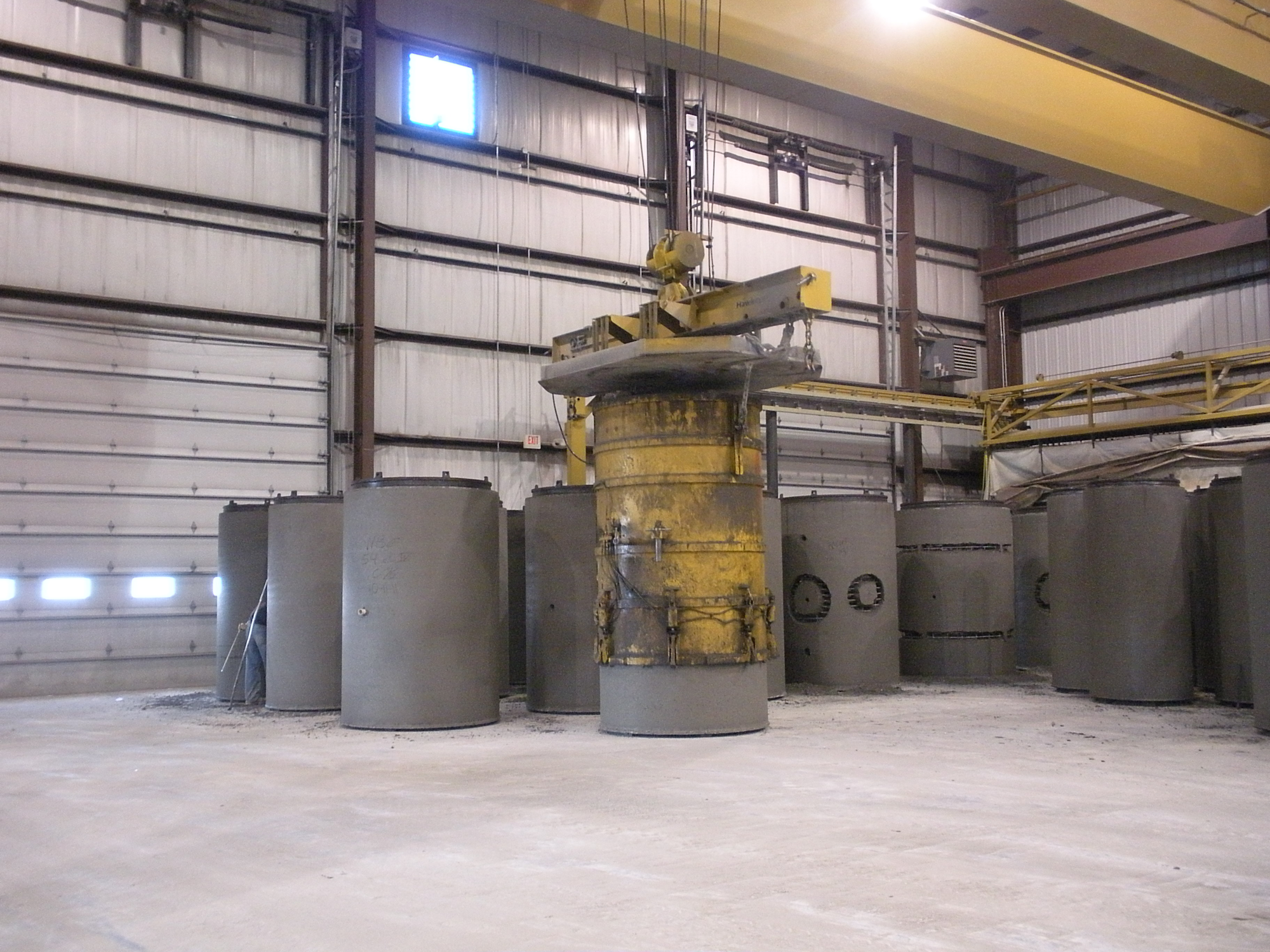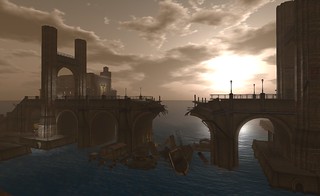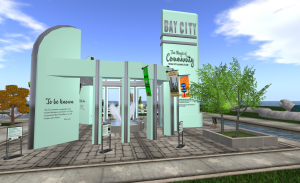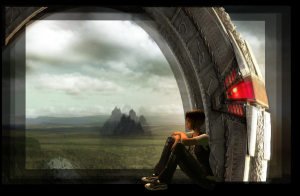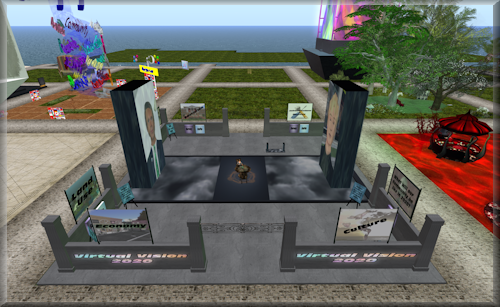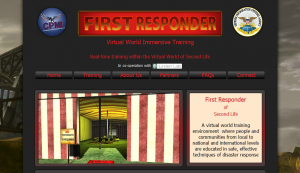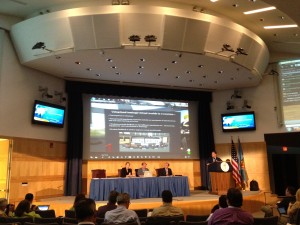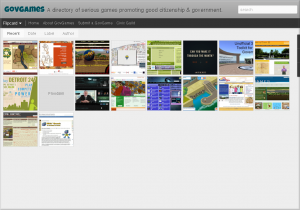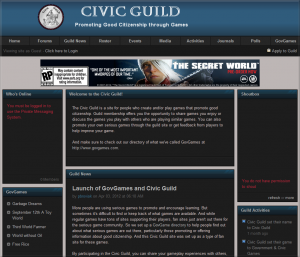Fleep recently summarized the promise she saw in the Second Life community, the change that transpired there over the last few years, and her decision to focus her involvement in a different virtual community or platform. (You can read her article here: Why Anyone Who Cares. . ..) And based on the comments she received and what I have read online, her experience seems to be one shared by many who followed a similar path in that virtual world. But at the root of her article, I saw something else that was intriguing and provides great insight into public apathy.
In local government we are constantly bemoaning the lack of public involvement in the community. We can't understand why no one seems to care, becomes involved, or attends meetings. If you have ever wondered this I suggest you read Fleep's post and imagine she is talking about any city in the the physical world. Because she could be describing exactly what happens to those who try to get involved and make a difference in their own cities and towns.
It all starts out much in the same way it started out for Fleep in Second Life. A person becomes excited about the promise and the opportunity to help create something different – something that could be so much better. In the physical world this could come about because there is a change in leadership such as newly elected officials or a change in a prominent and influential community within the city. Or it could occur because of a major change that brings about a significant shift in management or development of that city. Whatever it is, it's enough to motivate someone to invest time, perhaps money, and for some, their heart and soul for the cause. This person does this because these new leaders seem to share their dream or vision and by doing so they inspire the person's dedication and commitment. They also provide opportunities for involvement and contribution to the cause. The foundation of this effort is to make the world a better place. For some of us, this is almost an impossible opportunity to pass up.
If someone chooses to go down this road, they begin to share thoughts and feelings similar to those expressed by Fleep:
"Everywhere you looked was innovation.
Everyone you met was experimenting, trying new things, pushing new boundaries.
Anything seemed possible. Maybe even probable."
As Fleep said, it is "an exciting, heady time." Perhaps you know of someone who has made this type of commitment for your city or town or perhaps you have done so yourself. If so, you might be able to guess what happens next.
Eventually things begin to shift. Perhaps there is a change in leadership. Or someone who has a lot of control in the community and had only up to this point been watching becomes involved, possibly because all this new innovation and change is starting to negatively impact the good thing they had going on for themselves. Unfortunately for all the obvious challenges to innovation, change, and progress, there are many more forces behind the scenes that will make sure change does not happen if it starts to actually make a significant difference.
So eventually the person who had invested everything in this cause starts to realize something has changed. They begin to hit roadblocks or look around and realize no one left shares that dream or vision. Or perhaps the new leadership makes sure they are no longer able to contribute or help out. For many of the reasons Fleep has given, the person will most likely give up and move on. And most do. Those of us who have been this person or those of us who have known people who have gone down this road will most likely not allow ourselves to be sucked in again by promises and dreams. We have come to the conclusion that it's not worth it. Primarily because no one else seems to care and all our work and effort is undone by others. And apathy takes root.
But there is another profound point to all this in a great post by Botgirl that was written in response to Fleep's: My take on the future. . .. In the end, the person who has given it all only to see it carelessly cast aside might be tempted to blame those who grabbed the helm and changed course. But as Botgirl points out, "if there has been a failure, it is ours." The true failure is because the majority will not make an effort to do anything to prevent it. And they will not even recognize or acknowledge they have the power or ability to do so. Or if they do, they do not know how. We have allowed this apathy to become ingrained in our culture by beating down those who try to make a difference until they give up and others witness the futility of their efforts.
Apathy has been our legacy in our physical space. Will we allow it to become our legacy in our virtual communities too? Or will we create the opportunity to overcome apathy in both spaces by following Fleep's vision to "learn from our experiences in virtual worlds to make the real world a better place, too."
